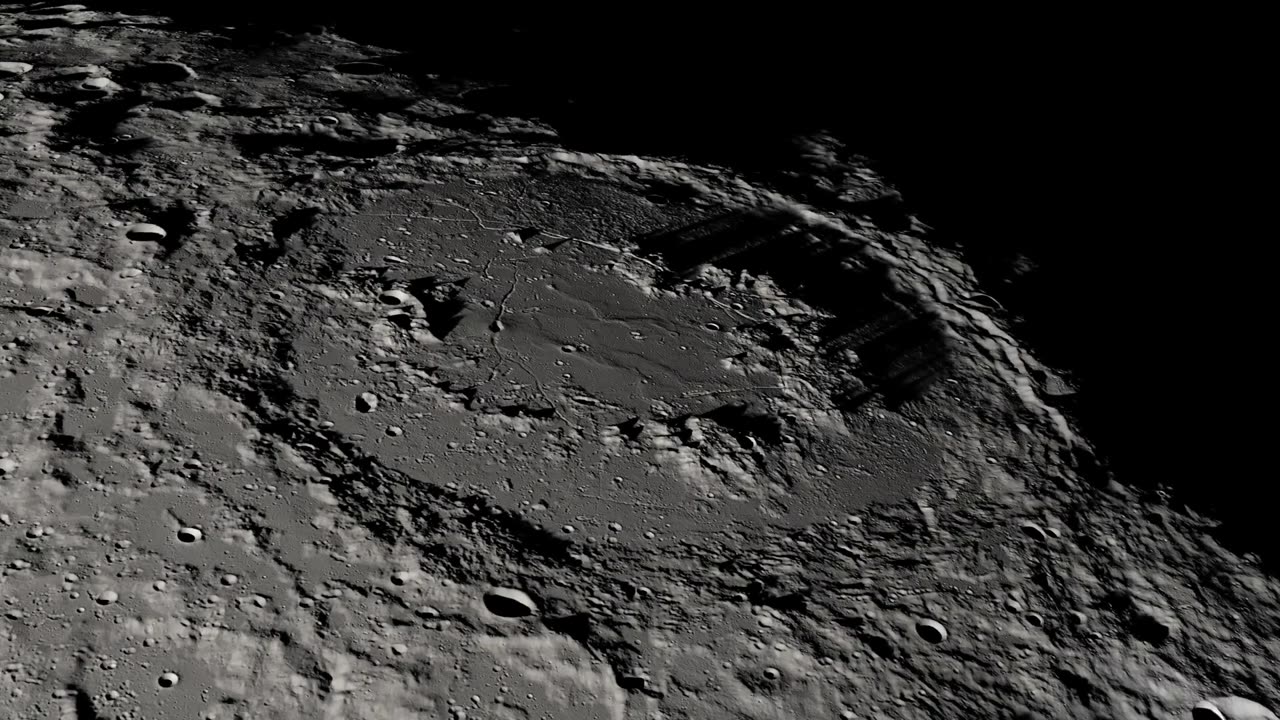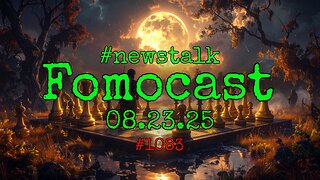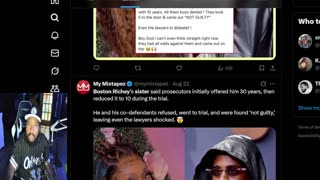Premium Only Content

NASA's : Moon Images from NASA's Lunar Reconnaissance Orbiter
The Lunar Reconnaissance Orbiter (LRO) is a NASA spacecraft that was launched on June 18, 2009, with the primary mission of studying the Moon. LRO is equipped with a suite of scientific instruments designed to capture detailed images and data about the lunar surface. Here is a description of some of the key features and capabilities related to the images captured by LRO:
High-Resolution Imaging:
One of the primary objectives of LRO is to capture high-resolution images of the Moon's surface. It is equipped with the Lunar Reconnaissance Orbiter Camera (LROC), which consists of three different camera systems: the Wide Angle Camera (WAC) and two Narrow Angle Cameras (NACs). These cameras work together to capture images of the Moon with exceptional detail.
Mapping the Moon:
LRO's imaging capabilities are used to create detailed topographic maps of the lunar surface. By taking images from various angles and lighting conditions, it can create 3D models of the terrain, helping scientists understand the Moon's geology and landforms better.
Monitoring Changes:
LRO has been orbiting the Moon for an extended period, allowing it to capture images of the same locations at different times. This enables scientists to monitor changes on the lunar surface, such as impacts from meteoroids or changes in the Moon's lighting conditions.
Identifying Landing Sites:
LRO has played a crucial role in identifying potential landing sites for future lunar missions, including crewed missions. Its detailed images help mission planners select safe and scientifically interesting locations for exploration.
Capturing Apollo Landing Sites:
LRO has captured remarkable images of the Apollo landing sites, including the lunar modules and equipment left behind by the astronauts. These images provide historical context and serve as a testament to human lunar exploration.
Lighting Variations:
LRO's ability to capture images at various lighting angles has been instrumental in revealing details in shadowed regions, such as the interiors of craters and the presence of water ice.
Public Access:
Many of the images captured by LRO are made available to the public through NASA's Planetary Data System (PDS) and the LROC website. These images are used by scientists, educators, and space enthusiasts worldwide.
Overall, the Lunar Reconnaissance Orbiter has significantly expanded our understanding of the Moon's geology, topography, and surface features through its high-resolution imaging capabilities. It continues to play a vital role in lunar exploration and research.
-
 DVR
DVR
BlackDiamondGunsandGear
3 hours agoAre ALL Striker Fired Pistols UNSAFE? // After Hours Armory
18K4 -
 6:34:50
6:34:50
SpartakusLIVE
8 hours ago#1 Saturday Spartoons on RUMBLE PREMIUM
96.6K6 -
 1:04:59
1:04:59
Man in America
8 hours ago“Summoning the Demon” — The AI Agenda Is FAR WORSE Than We Know w/ Kay Rubacek
26.8K20 -
 2:16:48
2:16:48
Tundra Tactical
6 hours ago $0.07 earned🎯💥 The World’s Okayest Gun Show 🔫😂 | LIVE Tonight on Rumble!
15.6K -
 3:36:03
3:36:03
Mally_Mouse
1 day ago🌶️ 🥵Spicy BITE Saturday!! 🥵🌶️- Let's Play: Tower Unite!
37.2K1 -
 58:59
58:59
MattMorseTV
6 hours ago $1.27 earned🔴Trump just BROKE Newsom.🔴
59.9K64 -
 18:14
18:14
Her Patriot Voice
6 hours agoWho Is WORSE for NYC: Trump Girl or Socialist?
32K27 -
 3:39:42
3:39:42
SavageJayGatsby
6 hours agoSpicy Saturday with Mally! | Road to 100 | $300 Weekly Goal for Spicy Bites!
36.5K1 -
 3:35:50
3:35:50
FomoTV
8 hours ago🚨 Swamp Theater: FBI Raids Bolton 🕵 Still NO Epstein Files, Trump's Troops & the Red Heifer Hoax 🐂 | Fomocast 08.23.25
14.6K3 -
 6:04:40
6:04:40
Akademiks
11 hours agoRoc Nation & Meg Thee Stallion did a 7 HOUR Deposition with me. Drake Secret Kid Finally Revealed.
52.8K2